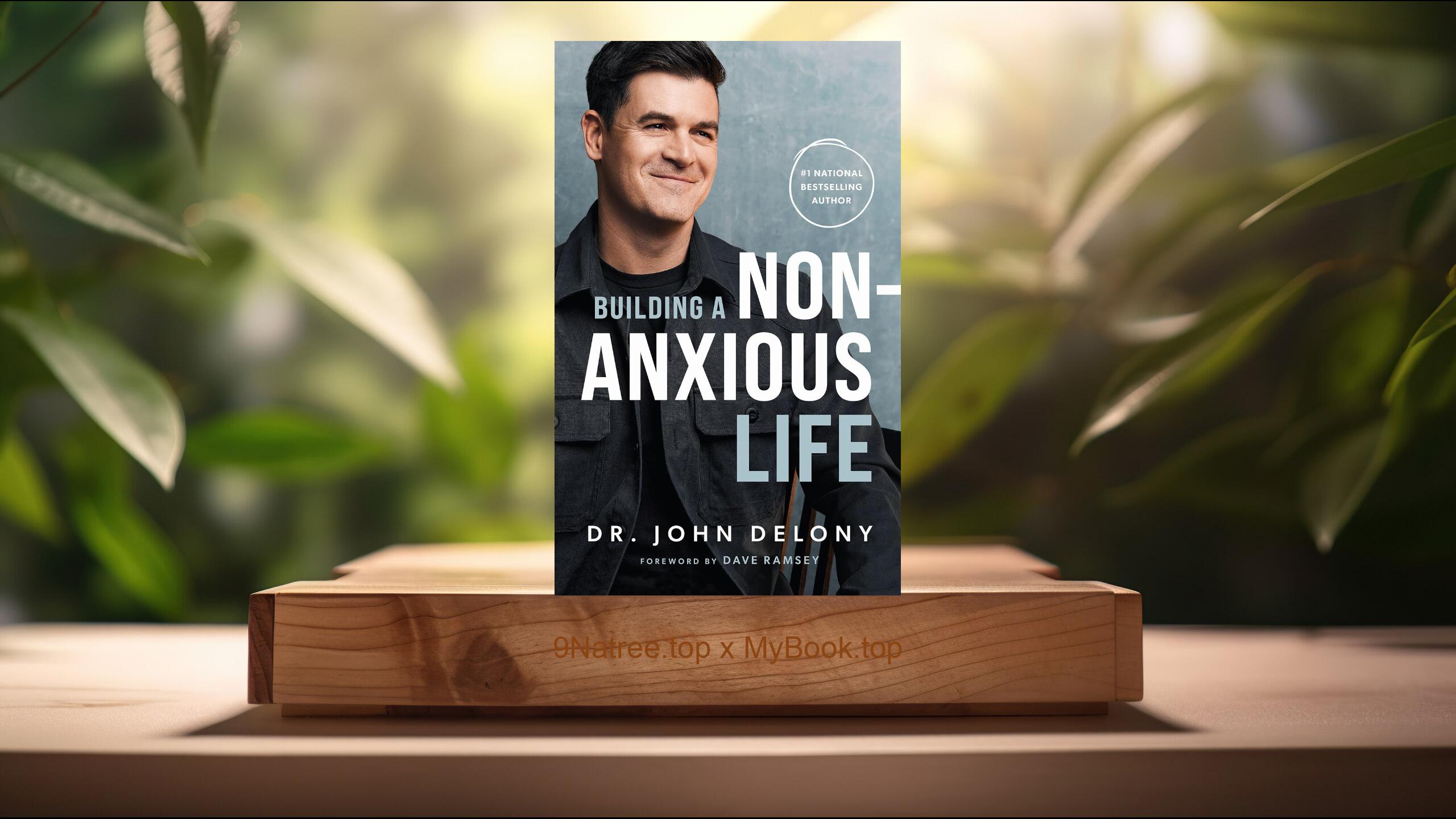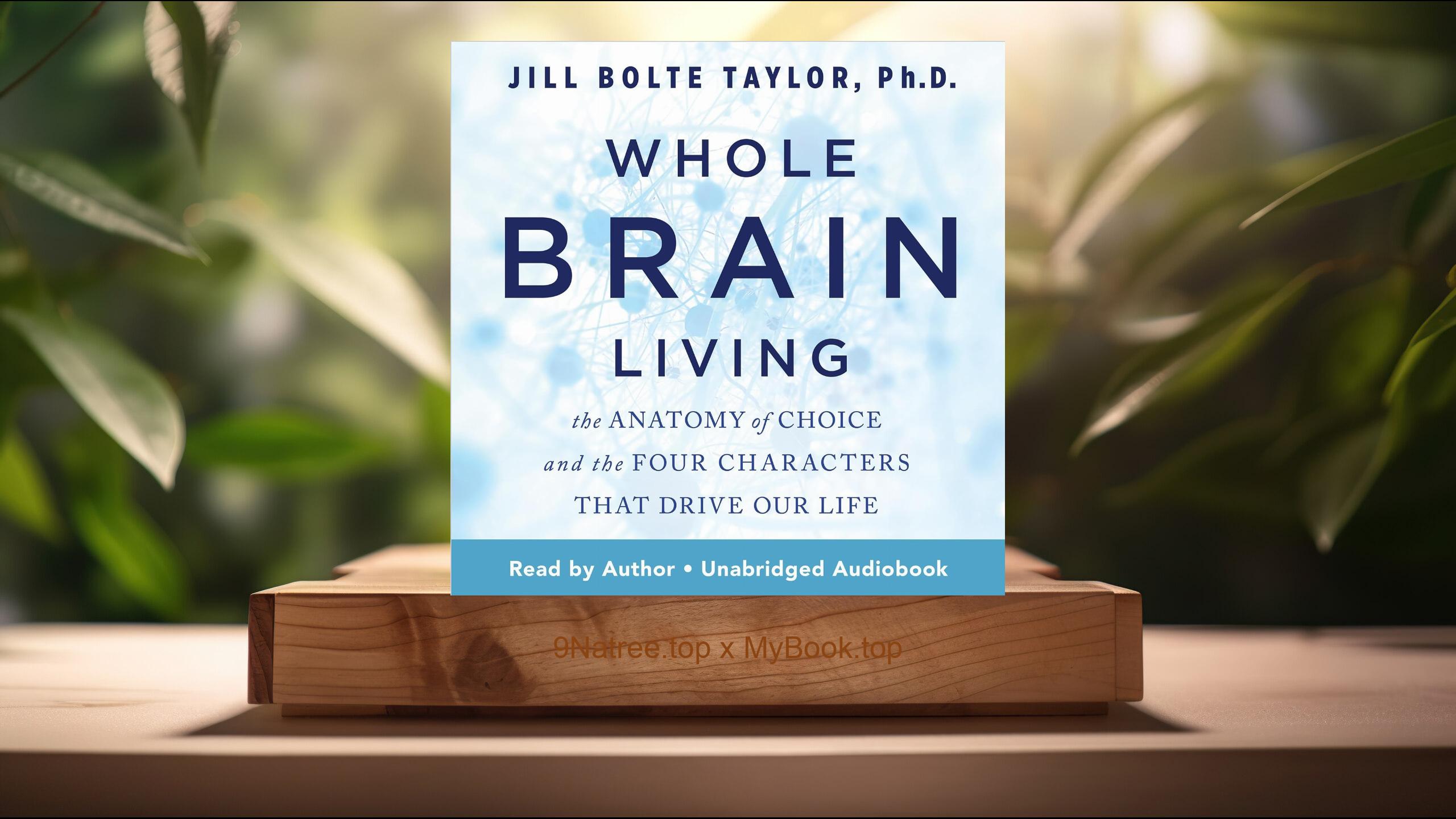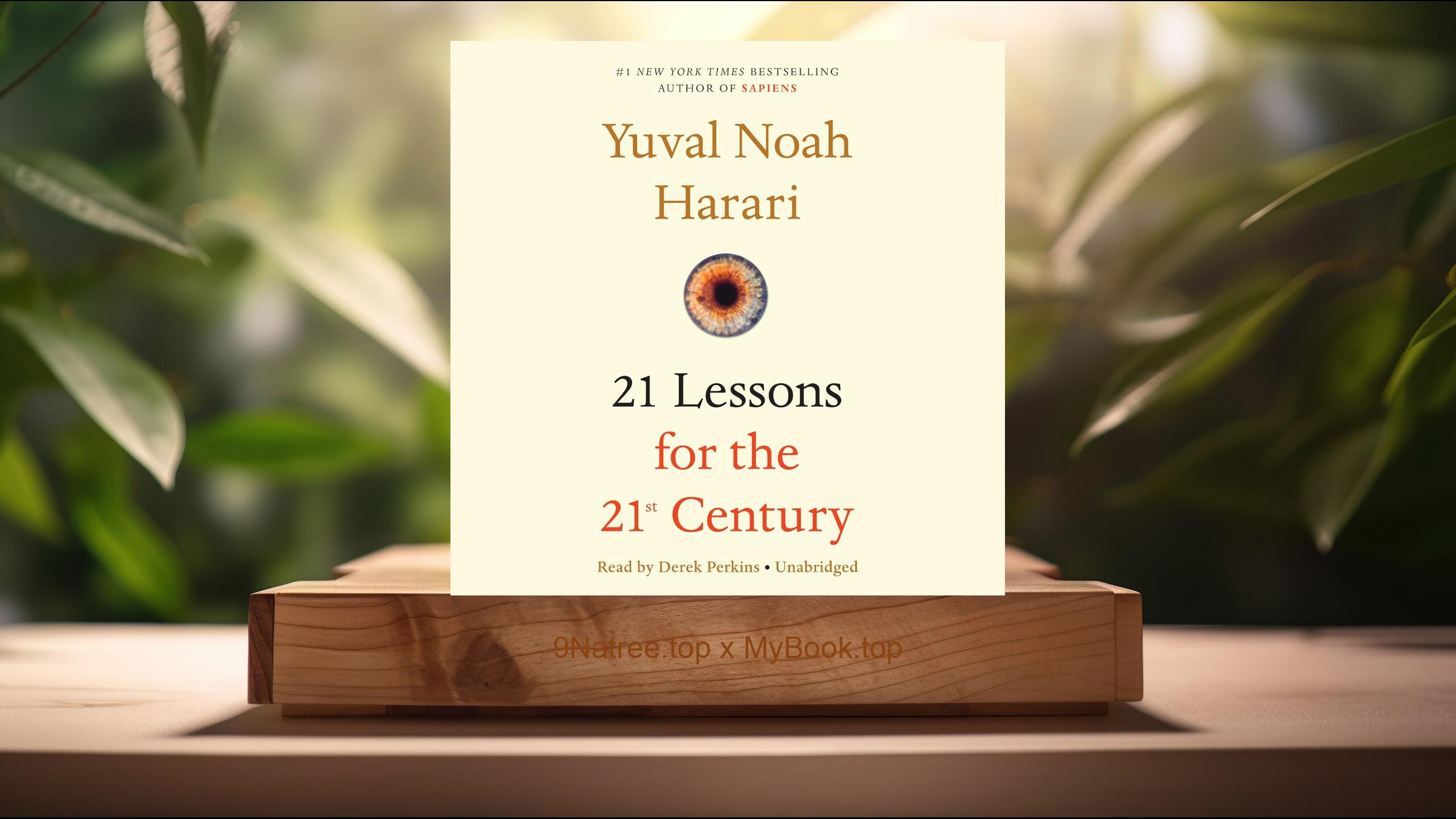Show Notes
- Amazon USA Store: https://www.amazon.com/dp/B08Z9TFKV6?tag=9natree-20
- Amazon Worldwide Store: https://global.buys.trade/When-the-Body-Says-No%3A-The-Cost-of-Hidden-Stress-Gabor-Mat%C3%A9-MD.html
- eBay: https://www.ebay.com/sch/i.html?_nkw=When+the+Body+Says+No+The+Cost+of+Hidden+Stress+Gabor+Mat+MD+&mkcid=1&mkrid=711-53200-19255-0&siteid=0&campid=5339060787&customid=9natree&toolid=10001&mkevt=1
- Read more: https://mybook.top/read/B08Z9TFKV6/
#hiddenstress #mindbodyconnection #GaborMate #psychoneuroimmunology #emotionalsuppression #chronicillness #traumaandhealth #boundariesandauthenticity #WhentheBodySaysNo
These are takeaways from this book.
Firstly, The Mind Body Connection and Hidden Stress, A central theme of the book is the inseparability of mind and body. Gabor Maté challenges the conventional medical view that separates physical illness from emotional life, showing that our nervous, hormonal, and immune systems constantly respond to psychological stress. Hidden stress is not just about obvious crises but about chronic internal tension: the pressure to be good, to never be angry, to always be available, or to carry others emotional burdens. Maté draws from psychoneuroimmunology to explain how prolonged activation of the stress response can dysregulate immunity, increase inflammation, and contribute to disease vulnerability. He emphasizes that this process is often unconscious: people may report feeling fine while their physiology is in continuous overdrive. Through clinical examples of patients with multiple sclerosis, cancer, and other conditions, he illustrates how long term emotional suppression can silently shape biology. This reframe invites readers to look beyond symptoms and ask what stresses and unresolved conflicts their bodies might be expressing.
Secondly, Personality Traits that Invite Disease, Maté identifies recurring personality patterns among many of his sickest patients, not as blame but as clues. These traits include compulsive caretaking, difficulty saying no, chronic self sacrifice, and suppression of anger. Individuals who constantly meet others needs while denying their own may appear outwardly kind and resilient but inwardly pay a physiological price. The body, he argues, often becomes the final voice that says no when the person cannot. For example, he describes patients who develop serious illness shortly after prolonged periods of emotional overextension, relationship conflicts, or bereavement, yet insist that everything is fine. These patterns are frequently rooted in childhood adaptation: children learn to be pleasing, compliant, or hyper responsible to secure love and safety, and those adaptations later crystallize into adult personality. The book explains how such traits keep the stress response chronically activated, making it harder for the immune system to maintain balance. Recognizing these patterns is the first step toward healthier boundaries and authentic self expression.
Thirdly, Childhood Attachment, Trauma, and Disease, Another major topic is the impact of early life experiences on lifelong health. Maté draws on attachment theory and developmental neuroscience to show that a child’s brain and stress systems are shaped by the emotional environment they grow up in. When caregivers are overwhelmed, distant, unpredictable, or abusive, children often adapt by tuning out their own needs, minimizing their pain, or becoming hyper attuned to others. These adaptations may be necessary for survival but come with a cost. Chronic early stress can program the hypothalamic pituitary adrenal axis to be overly reactive or dysregulated, altering immune function and increasing vulnerability to illness decades later. Maté shares stories of patients whose serious diseases are linked, in part, to histories of neglect, loss, or emotional invisibility that were never acknowledged. He clarifies that trauma is not only dramatic events but also the absence of emotional attunement. By connecting biography to biology, the book underscores that many adult health problems are rooted in early relational wounds that have yet to be fully recognized and healed.
Fourthly, The Role of Anger, Boundaries, and Authenticity, Maté places particular emphasis on the healthy function of anger and boundaries. He distinguishes destructive rage from life preserving anger, which signals that something is wrong and needs to change. Many of his patients with serious illness have a lifelong pattern of suppressing anger to keep peace, maintain relationships, or avoid feeling guilty. This suppression may appear virtuous but often means chronically overriding one’s own needs. Physiologically, the constant effort to inhibit emotional truth can keep stress hormones elevated and undermine immune defenses. The book argues that learning to hear and honor anger is fundamentally about authenticity: the capacity to be in honest contact with ourselves. When we deny our feelings to remain acceptable to others, our bodies may eventually protest through symptoms. Maté offers reflections and examples of how people can begin to set small boundaries, tolerate discomfort, and speak truthfully in relationships. This shift toward authenticity is framed not as selfishness but as a necessary step to protect health and reclaim a sense of inner integrity.
Lastly, Compassionate Healing and Practical Steps, While much of the book explores sobering links between stress and disease, Maté also offers a path toward healing that is grounded in compassion rather than self blame. He emphasizes that none of these patterns arose by choice; they were intelligent adaptations to early circumstances. Healing begins with awareness: recognizing the ways we habitually override our needs, minimize our pain, or perform roles to gain approval. Maté suggests practices such as journaling about stress, exploring personal history, and noticing body signals like fatigue, tension, or pain as messages rather than nuisances. He highlights the value of therapy, supportive relationships, and mind body approaches that help discharge stress and foster self acceptance. Crucially, he encourages readers to experiment with small acts of saying no, expressing honest feelings, and asking for help. Although no book can guarantee disease prevention or cure, When the Body Says No offers a realistic, humane framework for reducing toxic stress, protecting health, and living in closer alignment with one’s authentic self.
![[Review] When the Body Says No: The Cost of Hidden Stress (Gabor Maté MD) Summarized](https://episodes.castos.com/660078c6833215-59505987/images/2231224/c1a-085k3-kpn3p94ws02m-b3vepl.jpg)




